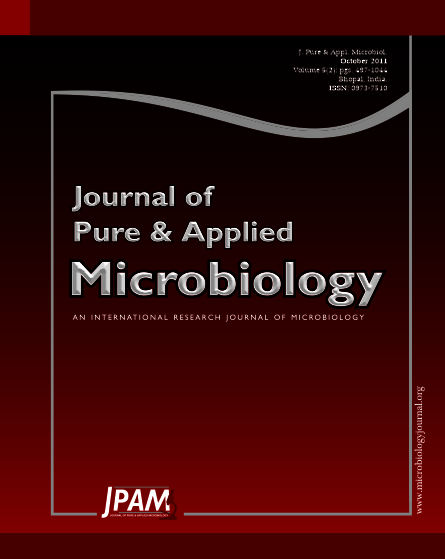Hydrogen peroxide is used as an antiseptic due to its ability to produce oxidants such as singlet oxygen, superoxide radicals and hydroxyl radicals. It is also effective in rapidly stopping capillary bleeding. H2O2 inhibits E.coli and S.aureus by formation of highly toxic hydroxyl radicals. These organisms are the most common pathogens having an unlimited reservoir and they can be eliminated by using hydrogen peroxide. This study aims to study the broad range effect of H2O2 in eliminating the common pathogens. The oxidative stress showed reduction in number of organisms at a concentration of 0.3 mM. These oxidative stressed organisms had reduced serum resistance and surface hydrophobicity.
Hydrogen peroxide, E. coli ,S. aureus, Serum resistance and Surface hydrophobicity
© The Author(s) 2011. Open Access. This article is distributed under the terms of the Creative Commons Attribution 4.0 International License which permits unrestricted use, sharing, distribution, and reproduction in any medium, provided you give appropriate credit to the original author(s) and the source, provide a link to the Creative Commons license, and indicate if changes were made.


